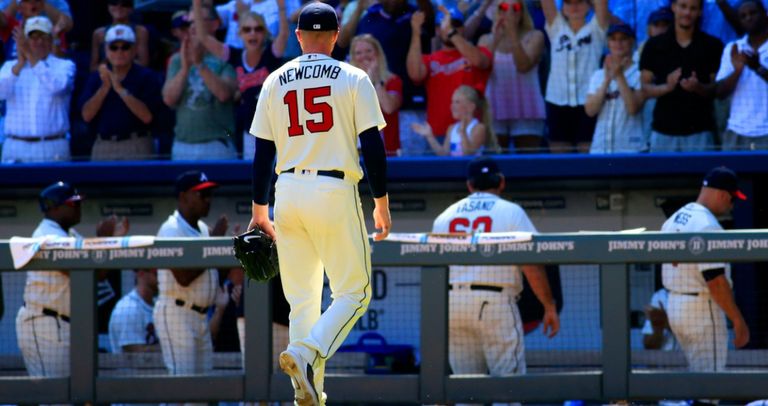The 20 Unwritten Rules Of Major League Baseball
Baseball has a thick rulebook, with regulations covering everything from what’s a strike to how a uniform must look. But there are even more laws than the ones in the book: the unwritten code of the game. Here we’re going to take a look at some of the unwritten rules that many insist are just as important as the official ones.
1. Don’t bunt to break up a no-hitter
It’s late in the game, and the opposing pitcher is on fire. You just can’t catch a break. Any time a hitter on your team does get a piece of the ball, it goes straight to a fielder. So you’re tempted to bunt the next one, just to get on base. You do it, but the fans start booing. Even your own supporters. Oh no, you just broke one of the rules…
Cheap move
Bunting is a cheap way to buy a hit, or so the thinking goes. And for a pitcher, losing a no-hitter thanks to a bunt hurts. For confirmation, we could ask Curt Schilling. San Diego Padres hitter Ben Davis broke up a perfect game in 2001 when he bunted Schilling for a hit. Worse came in Triple A in 2019 when Trenton Thunder’s Matt Lipka bunted on the last out of the game. The benches cleared for that one!
2. Don’t run up the score
Baseball doesn’t have a mercy rule, so when it goes badly, it can really go badly. To lessen the pain, the unwritten rule is that you don’t go out of your way to put runs on the board against a side you’re beating heavily. The blood really starts to boil when the other side has brought out its right fielder to save its pitchers in a blowout, and he gets smashed out of the park.
Handed a hammering
Not everyone obeys this rule, of course, and there have been some huge shellackings in the past. The biggest of all time came when the Texas Rangers handed the Baltimore Orioles a hammering in 2007. The Rangers hadn’t even gotten on the board after three innings, but then the floodgates opened. They ended up smashing 30 runs against the Os, who could only put up three in answer.

